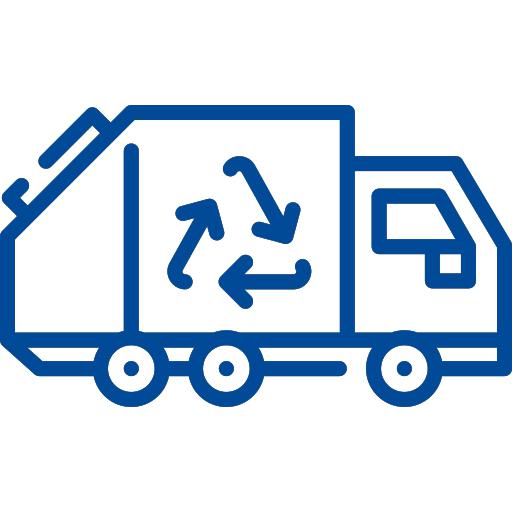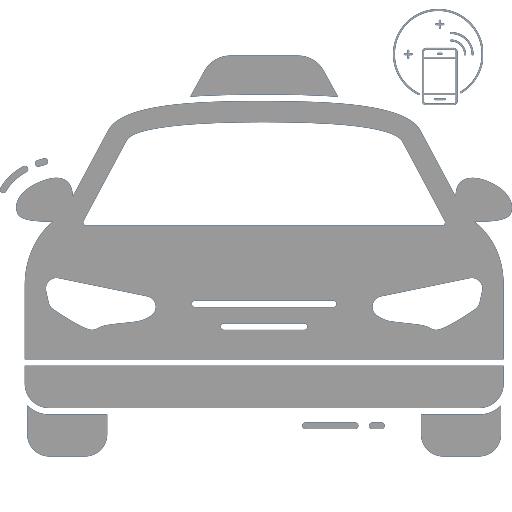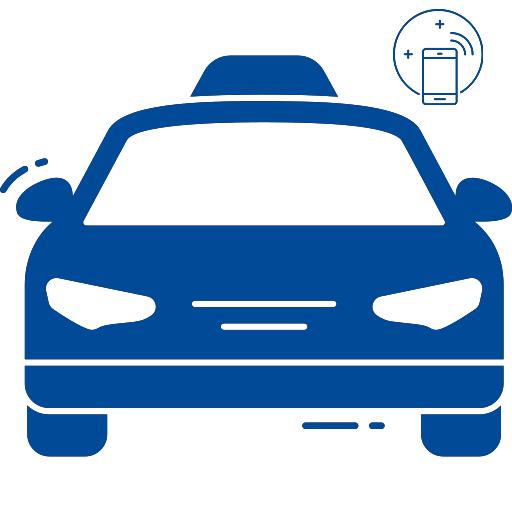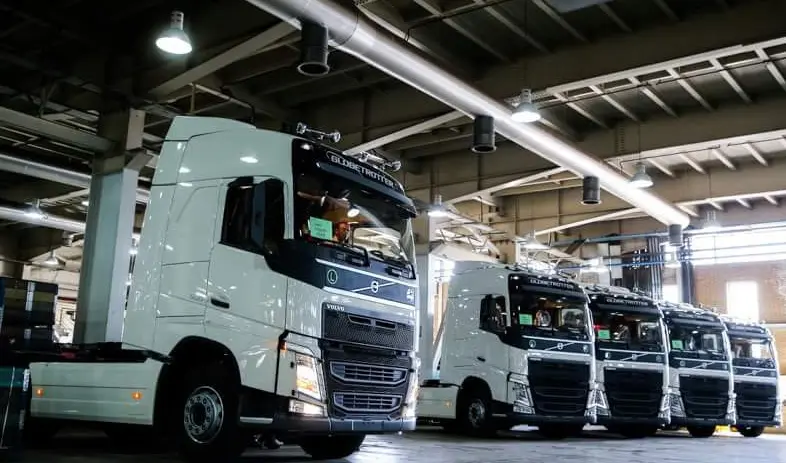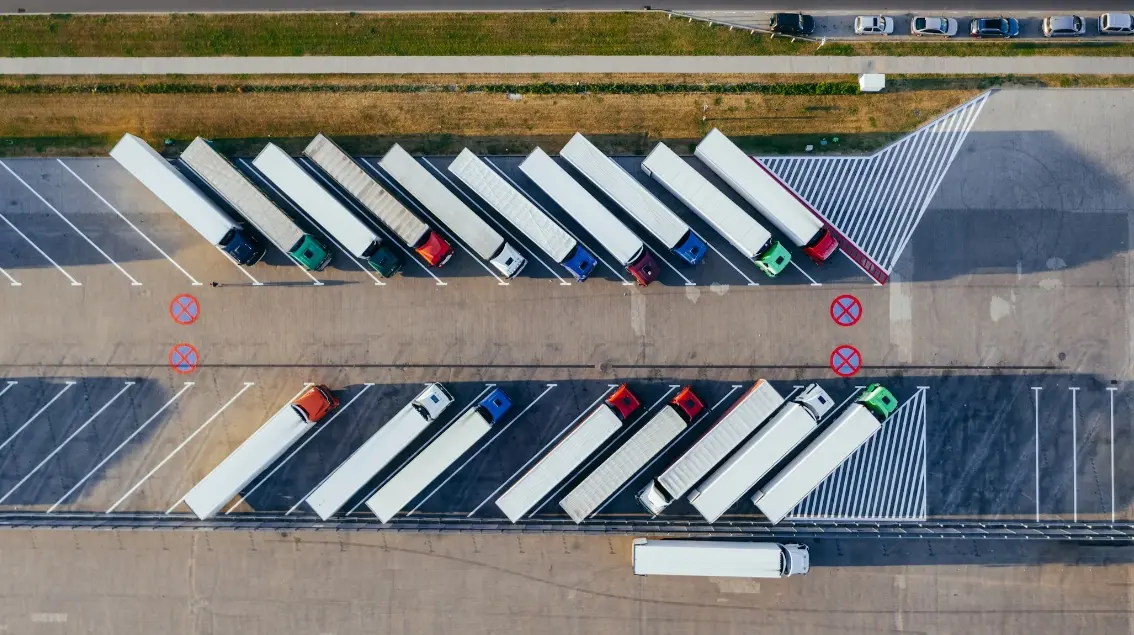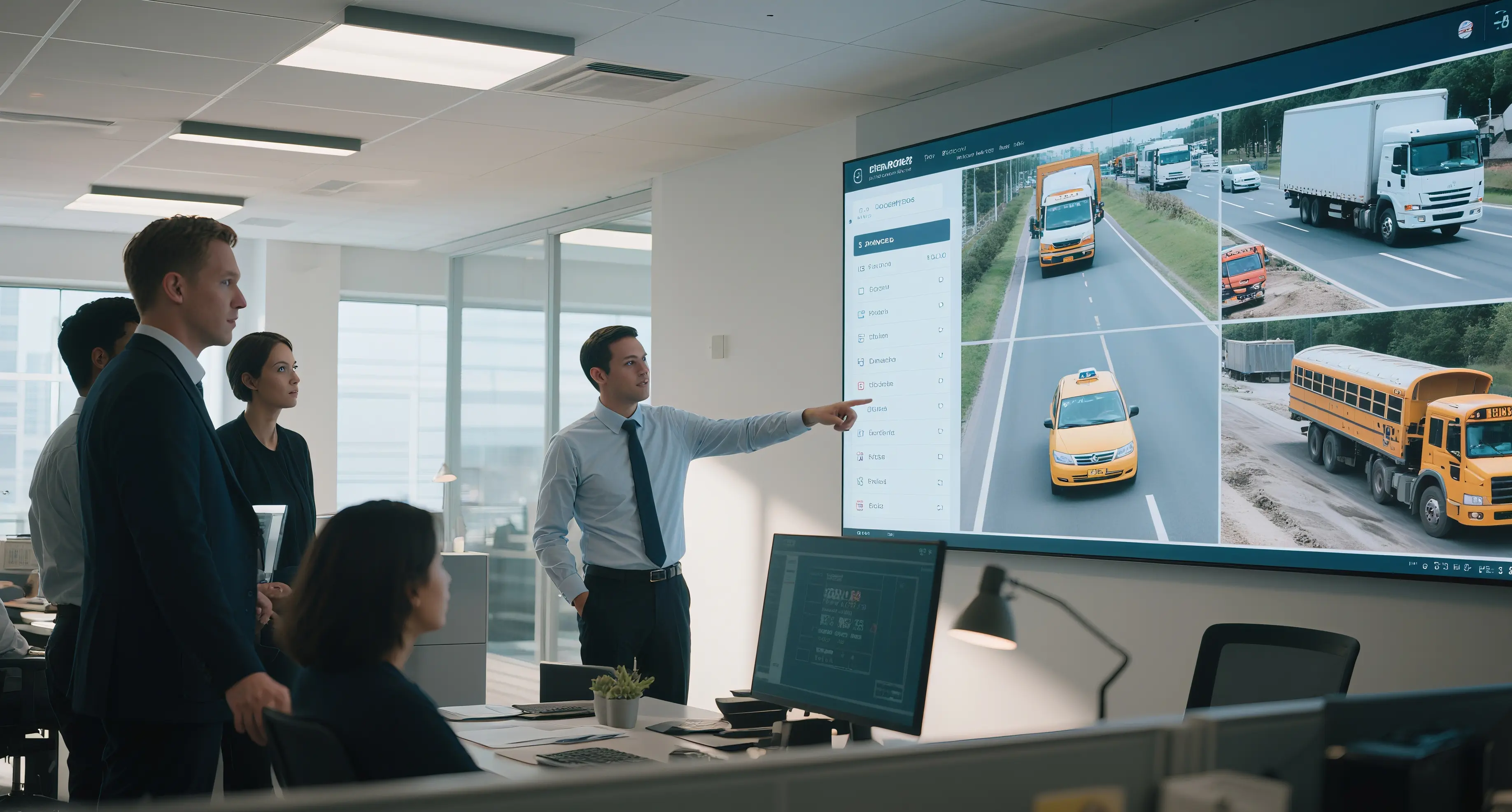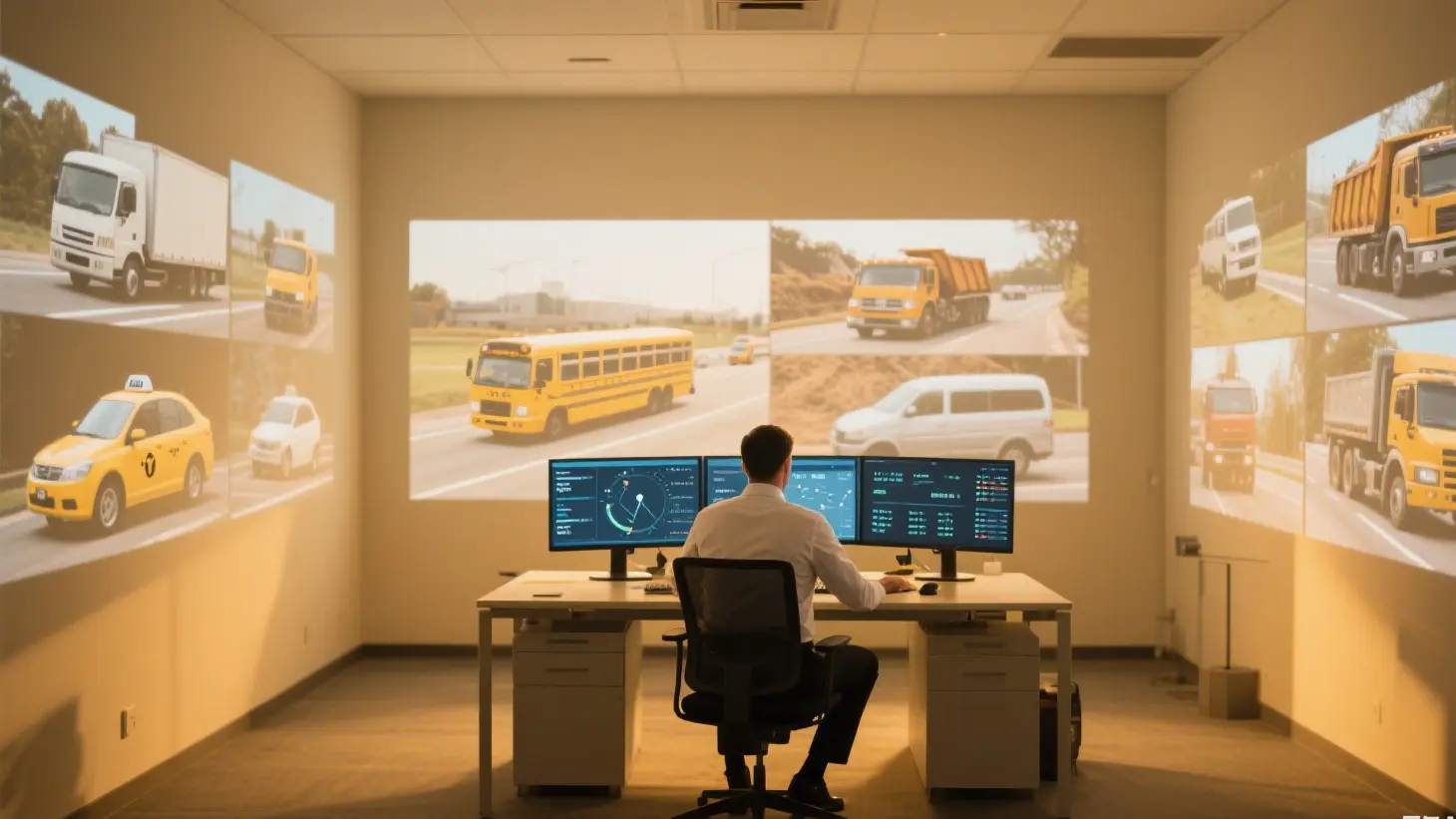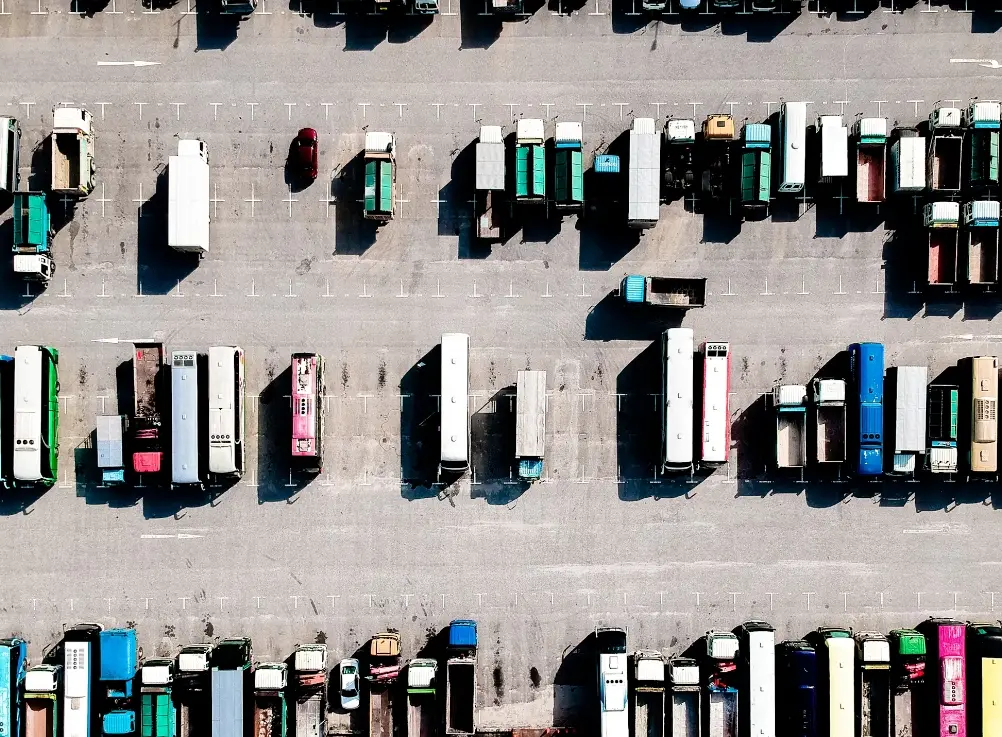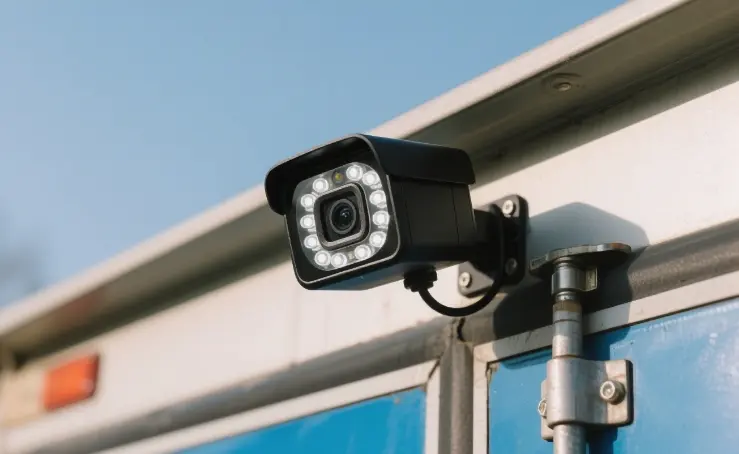Functions of ADAS Cameras for Trucks
Functions of ADAS Cameras for Trucks
The functions of ADAS (Advanced Driver Assistance System) cameras for trucks can be reflected in the following aspects:
Providing All-Around Vision:
A set of cameras installed near the front and rear vehicle emblems, as well as integrated into the left and right side mirrors, provides the vehicle with a 360-degree view. These surround-view cameras capture images that are stitched together to help the driver better understand the vehicle’s surroundings.
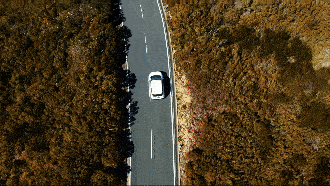
Enhancing Driving Safety:
The front-view camera, as a core component of ADAS, can perform distance measurement, object recognition, and lane marking detection. These functions, driven by complex and advanced algorithms, help the driver maintain a safe distance, avoid collisions, and ensure the vehicle stays within the proper lane.
Assisting with Parking Operations:
ADAS cameras can recognize parking lane markings and assist the driver in maneuvering the vehicle, making parking safer and more precise.
Adapting to Various Environments:
Camera-based ADAS is widely adopted due to its higher reliability and adaptability to evolving requirements. This means that even in challenging driving environments, such as adverse weather or changing lighting conditions, cameras can still provide dependable information.
Promoting the Development of Autonomous Driving Technology:
While most mainstream smart vehicles or ADAS providers currently mass-produce L2-level autonomous driving technologies, cameras, known as the "eyes" of the vehicle, play an irreplaceable role in the advancement of autonomous driving. As technology progresses, cameras will play an even greater role in higher-level autonomous systems.
In summary, truck ADAS cameras have become an essential part of modern intelligent transportation systems by providing all-around vision, enhancing driving safety, assisting in parking, adapting to diverse environments, and promoting the development of autonomous driving technologies. These cameras not only improve driving safety but also lay the foundation for future autonomous driving innovations.


















